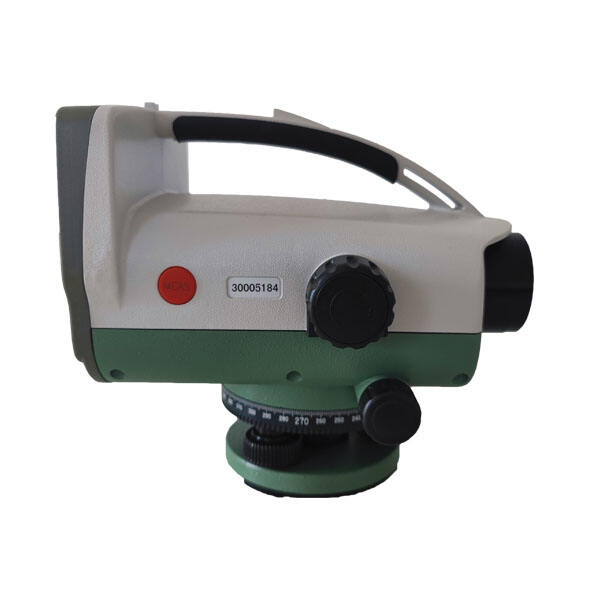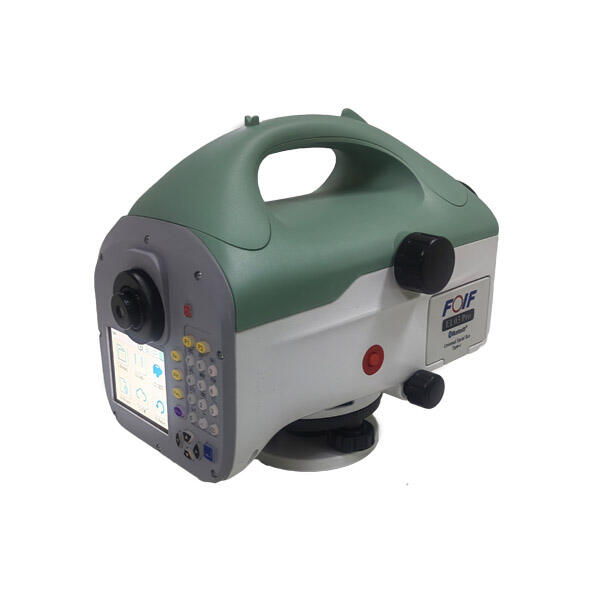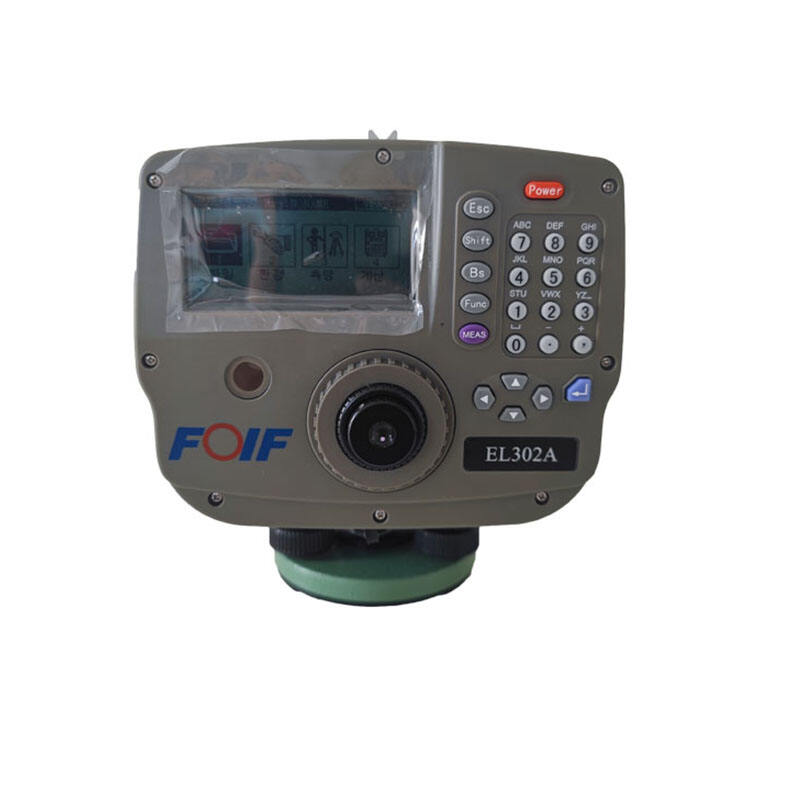digital level survey equipment
Digital level survey equipment represents a significant advancement in modern surveying technology, combining precision measurement capabilities with digital processing power. This sophisticated instrument utilizes electronic sensors and digital displays to provide highly accurate elevation measurements and height differences between points. At its core, the digital level features an electronic reading system that automatically captures and processes measurements through a specialized bar-coded staff, eliminating manual reading errors common in traditional optical levels. The equipment incorporates advanced image processing technology to analyze the coded staff patterns, delivering measurements with sub-millimeter accuracy. Built-in data storage capabilities allow surveyors to record thousands of measurements, while integrated software facilitates immediate data processing and analysis in the field. The system typically includes features such as automatic compensation for slight misalignments, built-in temperature sensors for environmental corrections, and various measurement modes for different applications. These instruments find extensive use in construction projects, topographic surveys, monitoring structural deformation, and precise leveling operations. The digital level's ability to perform rapid, accurate measurements while maintaining digital records has made it an indispensable tool in modern surveying operations.


